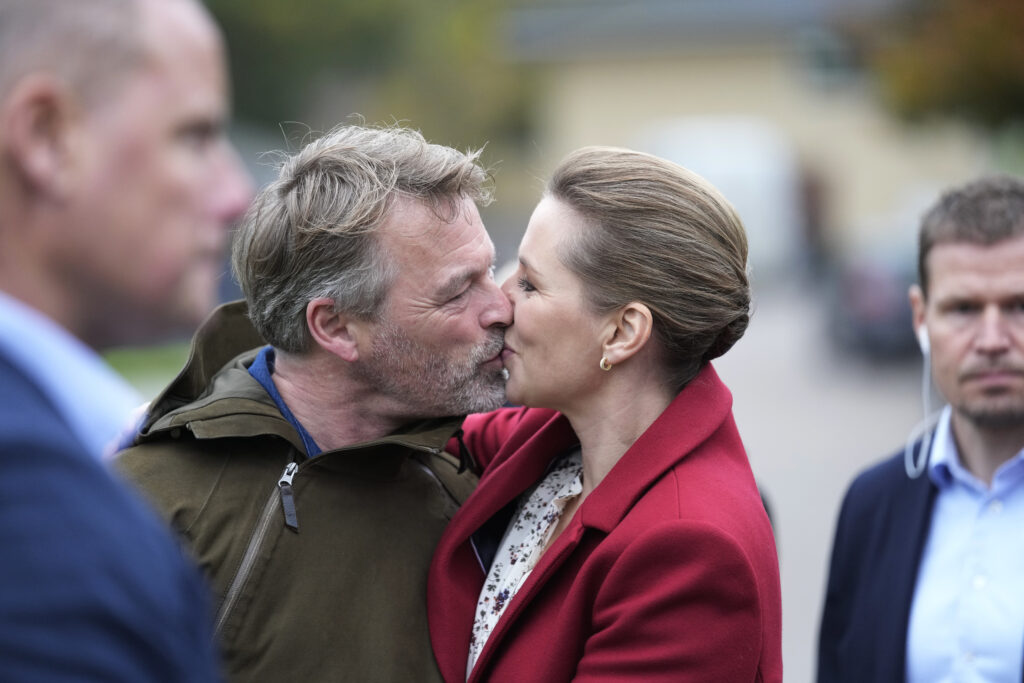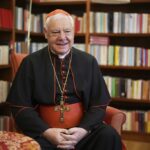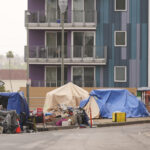Danish Elections: PM faces Mink Cull, Migrants
Newslooks- COPENHAGEN, Denmark (AP)
Denmark held a national election Tuesday that is expected to change the Scandinavian nation’s political landscape as new parties seek to enter parliament and others see their support dwindle.
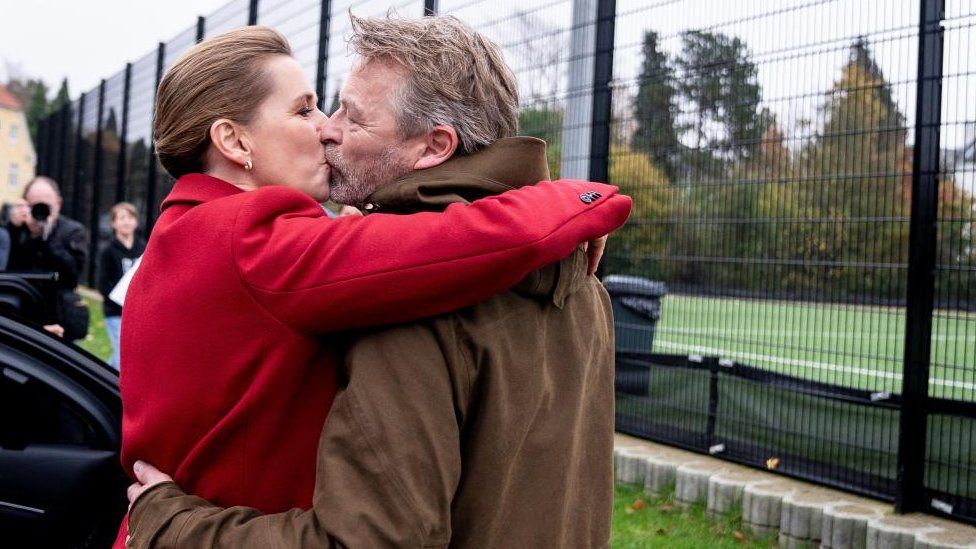
Neither the center-left nor the center-right is expected to capture a majority, which is 90 seats in the 179-seat Folketing legislature. That could leave a former prime minister who left his party to create a new one this year in a kingmaker position if his votes are needed to form a new government.
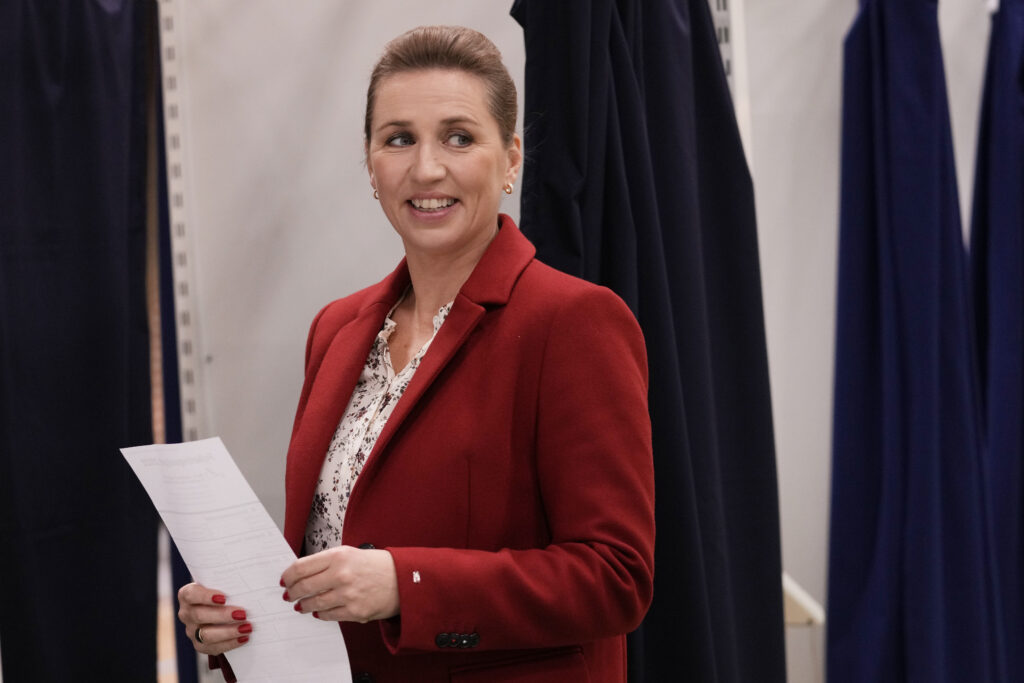
Domestic issues have dominated the campaign, ranging from tax cuts and a need to hire more nurses to financially supporting Danes amid inflation and soaring energy prices because of Russia’s war in Ukraine.
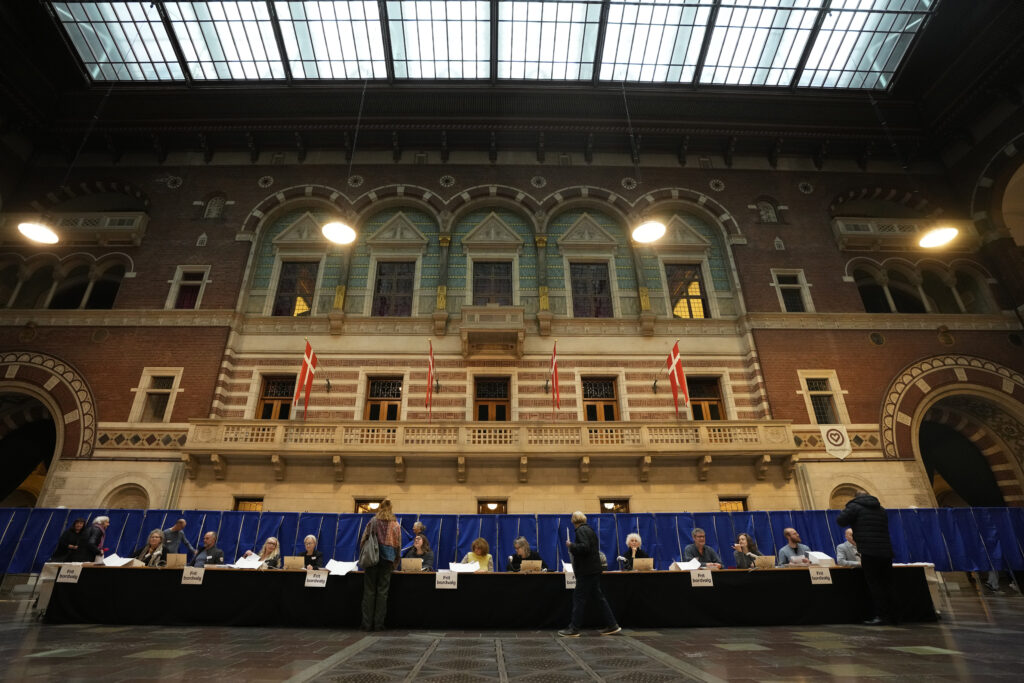
“What I feel is important and is a worry to many are the soaring prices, whether it be electricity, bread or gasoline,” said Inge Bjerre Hansen, 82, after casting her vote in Copenhagen. “My son is reducing the number of his visits because it has become expensive to fill the tank (of his car).”
PM seeks to escape shadow of Mink cull
Mette Frederiksen has led Denmark through its response to Russia’s invasion of Ukraine and the Covid-19 pandemic, but it was her government’s controversial decision to cull up to 17 million mink because of a mutated form of the virus that led to Tuesday’s snap election, as reported by BBC.
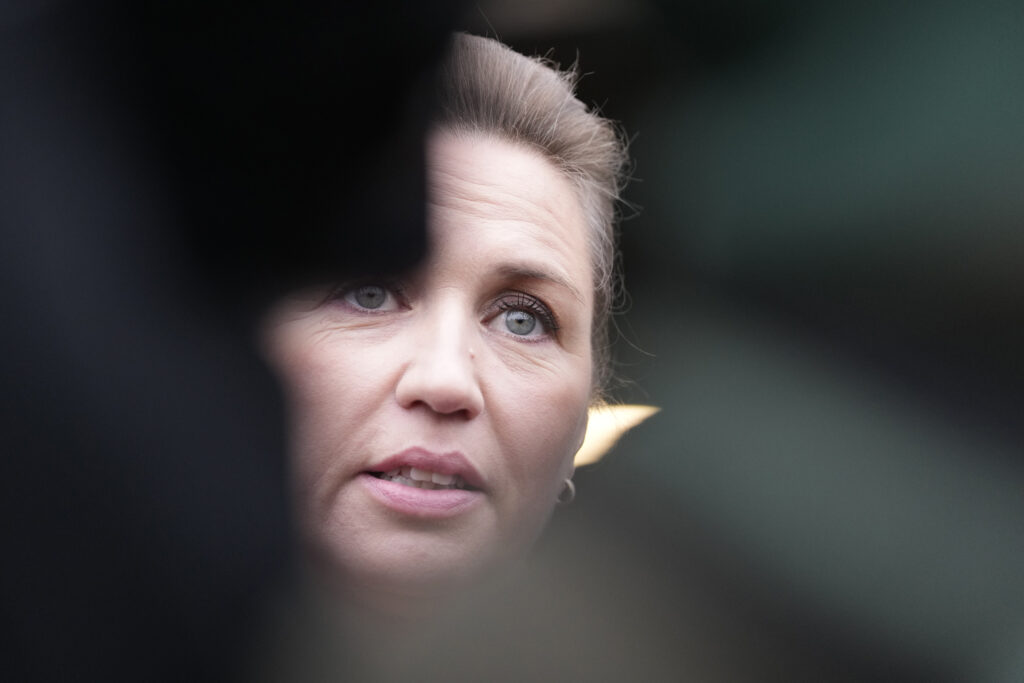
The cull destroyed Denmark’s world-leading mink industry and last July led to a parliamentary reprimand for the prime minister because there was no legal basis for the slaughter. Ms Frederiksen was found not to have known the order was illegal so she and her Social Democrat party are favourites to win the vote, but they’ll need to assemble a coalition of 90 seats in the 179-member Folketing. Fourteen parties are running and polling stations close at 20:00 (19:00 GMT).
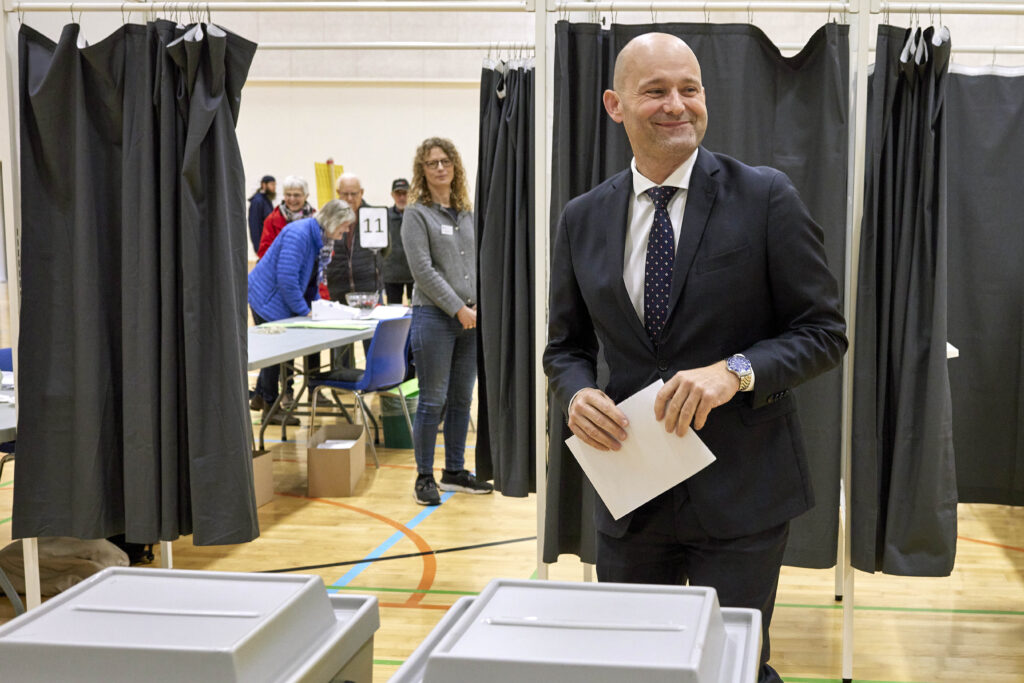
Denmark’s more than 4 million can choose among more than 1,000 candidates — the highest ever — from 14 parties.
Life imitating art
When Borgen burst on to TV screens around the world 12 years ago, it propelled the fictional centrist Moderates (De moderate in Danish) party led by Birgitte Nyborg to power.
In Tuesday’s election, a new party also called Moderates – but with the more colloquial Danish name Moderaterne – is aiming to become kingmaker.
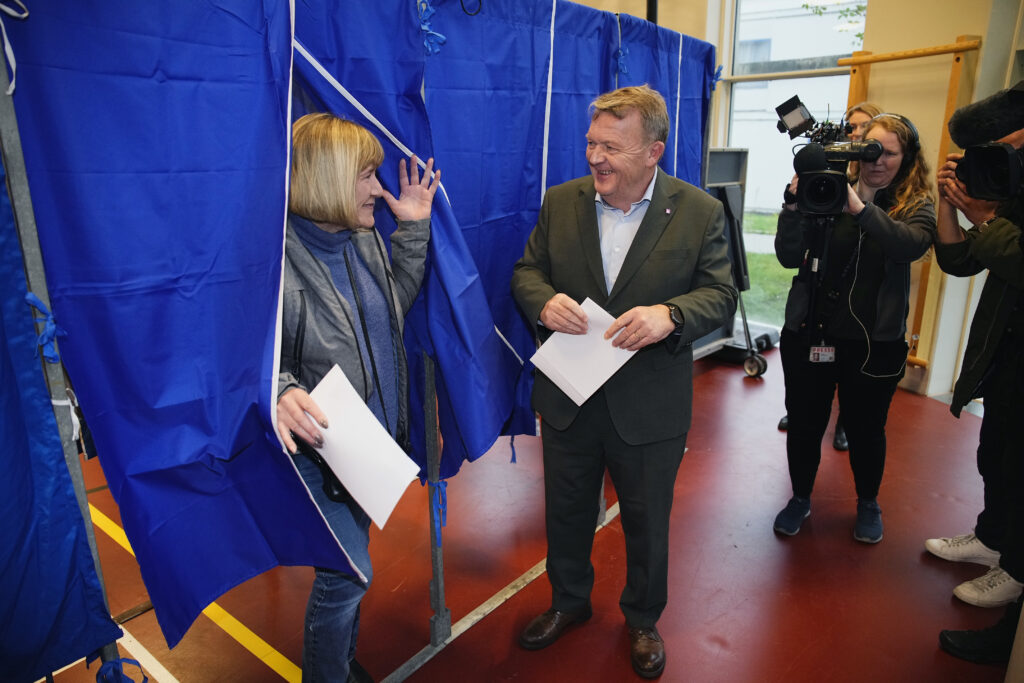
Led by former prime minister Lars Lokke Rasmussen, the Moderates have been doing well in the opinion polls and could play a key role in deciding whether the left-of-centre “red bloc” or the right-of-centre “blue bloc” led by Jakob Ellemann-Jensen’s Liberals form the next government. Where it gets interesting is that neither bloc looks like it will secure an immediate, outright majority.
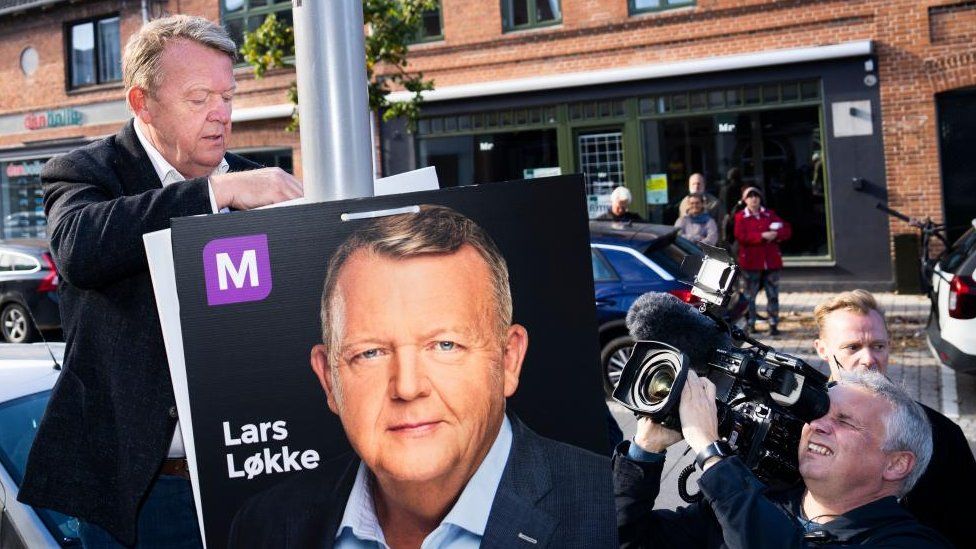
“We aren’t blue, we aren’t red – we’ve mixed the colours, we’re purple,” says Mr Rasmussen, eyeing an opportunity. But unlike Birgitte Nyborg, the chances of him winning power are minimal.
Immigration not a factor
Unusually, immigration has not really figured much at all in this election campaign – and the far-right Danish People’s Party may not even hit the 2% threshold for entering parliament.
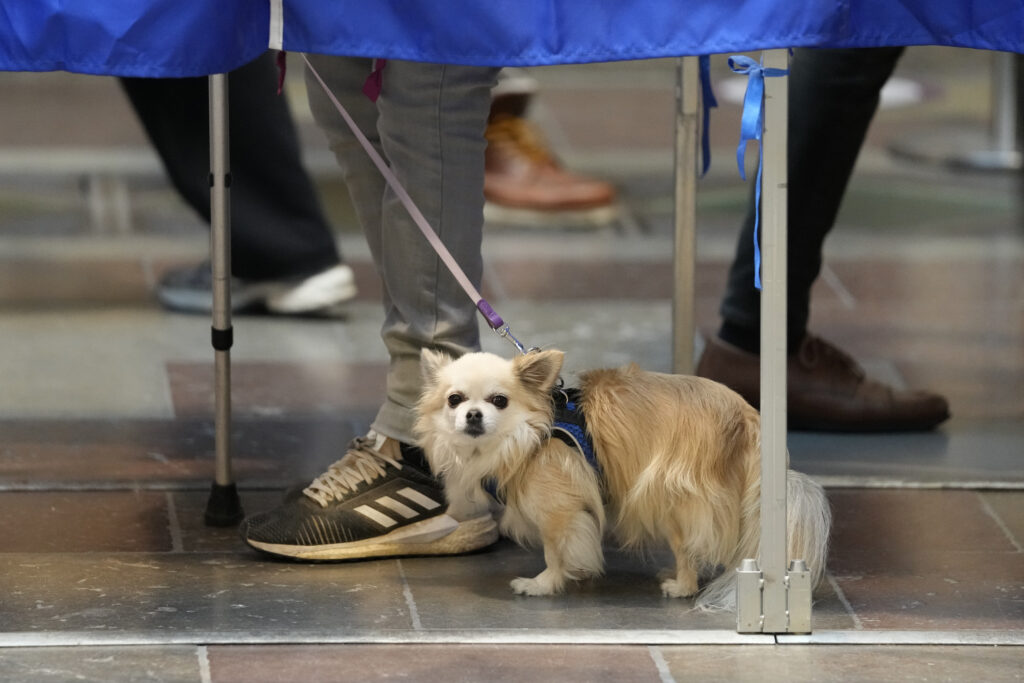
That doesn’t mean it’s not still relevant in Denmark, just that healthcare, rising inflation and security are considered far more important. All the main parties have backed a deal with the Rwandan government to look into sending asylum-seekers to Rwanda for their applications to be processed.
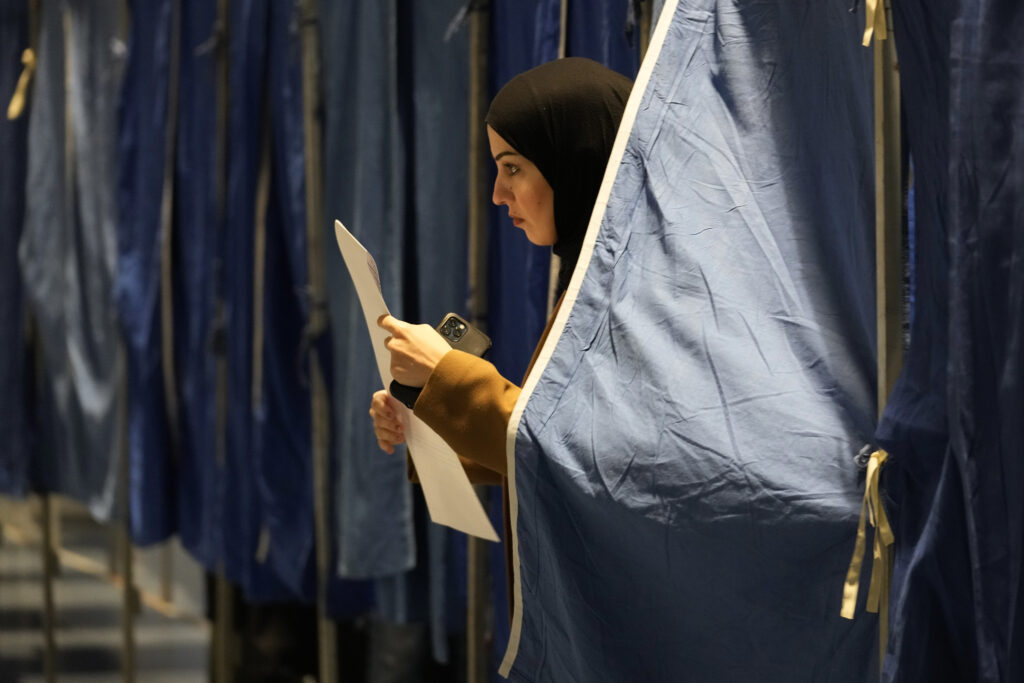
On the eve of the vote the Liberals’ rapporteur on immigration said the Rwanda policy would probably never happen, after internal documents were published in Danish media highlighting poor human rights conditions in the East African country.
Health as top issue
Hospitals and healthcare have been highlighted as the main preoccupation for Denmark’s 4.27 million voters, with hospitals short of some 5,000 nurses and more than half of those in jobs working part-time.
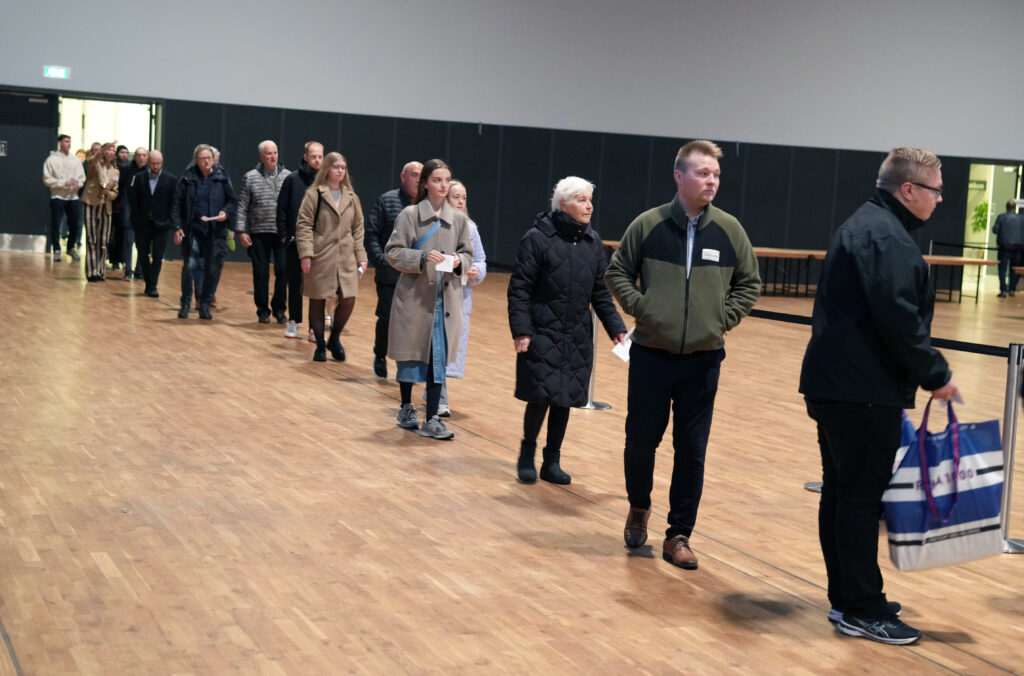
Part of the problem is low pay and thousands of posts in the social care and healthcare sectors are unfilled. Many Danes in rural areas fear losing their family doctors.
Many voters undecided
The 14 party leaders were pushing for votes right until the end of a TV debate on Monday night – because opinion polls suggested as many as one in seven voters were undecided by the eve of the election.
Election watcher Martin Vinaes Larsen from Aarhus University said that number could be as high as 30%, leaving an unusually uncertain political landscape.
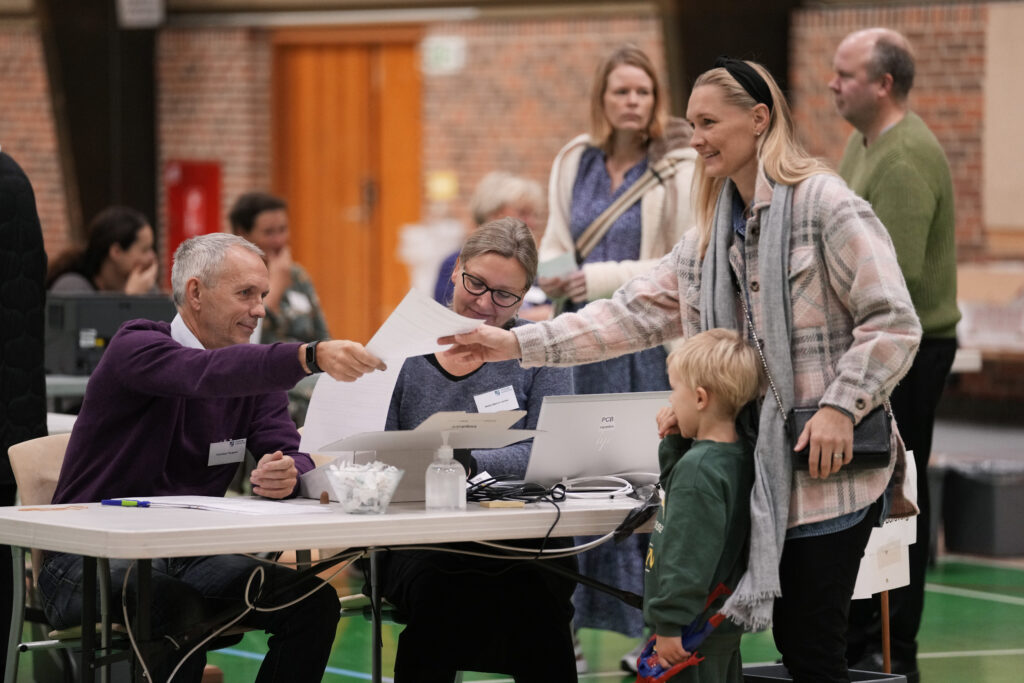
It all adds up to a sense that it is very hard to predict who will end up in power in Denmark.
At least three politicians are vying to become prime minister, including incumbent Mette Frederiksen, who steered Denmark through the COVID-19 pandemic and teamed up with the opposition to hike Danish defense spending in the wake of Russia’s invasion of Ukraine. Two center-right opposition lawmakers — Jakob Ellemann-Jensen, the Liberal party leader, and Søren Pape Poulsen, who heads the Conservatives — hope to replace her.
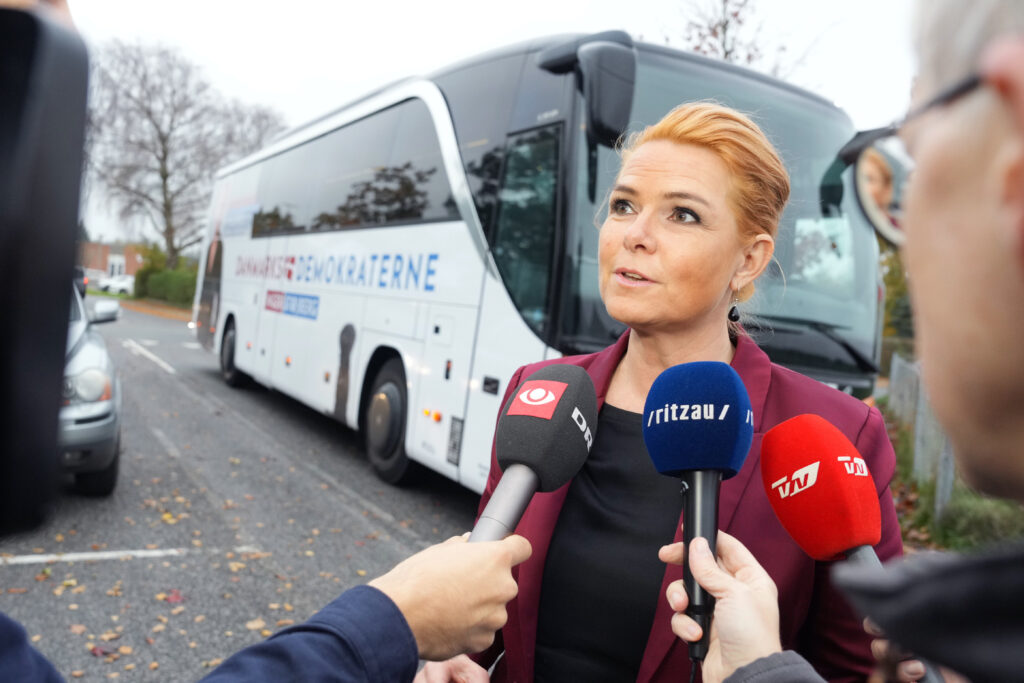
“We are fighting to the end. It will be a close election,” Frederiksen said after voting north of Copenhagen. “I am optimistic but I am not sure of anything.”
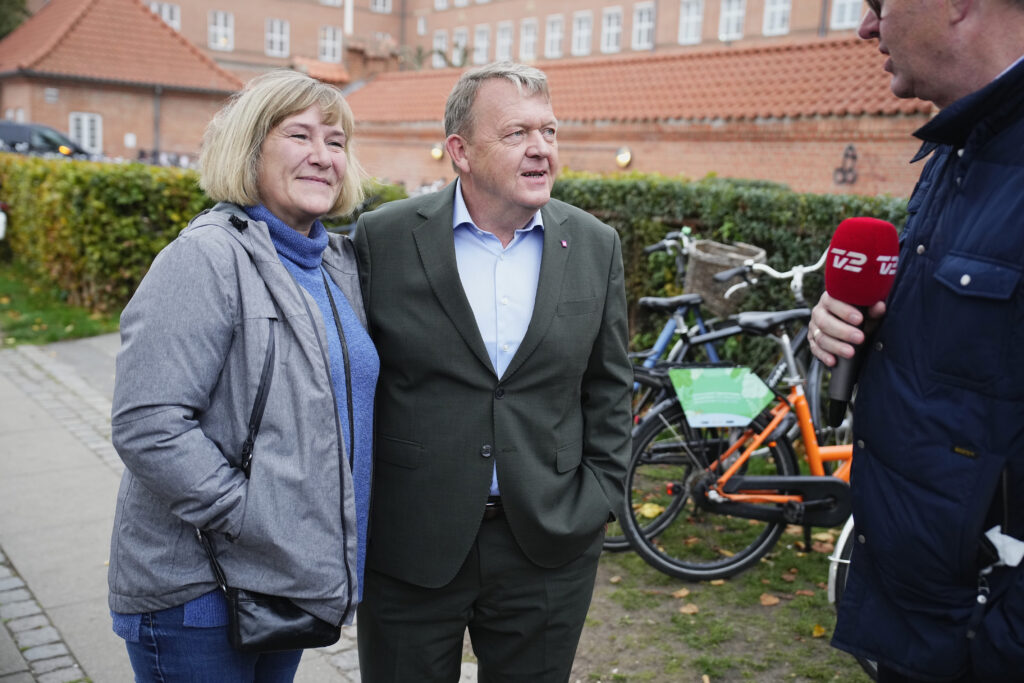
Former Prime Minister Lars Løkke Rasmussen created the new centrist Moderates party in June. According to pre-election polls, his party could get as much as 10% of the vote. He has hinted he could see a ruling coalition with the Social Democrats and could also be considered a prime minister candidate.
“I think it will be close,” said Løkke Rasmussen, who was prime minister 2009-2011 and 2015-2019, said as he voted Tuesday in Copenhagen.
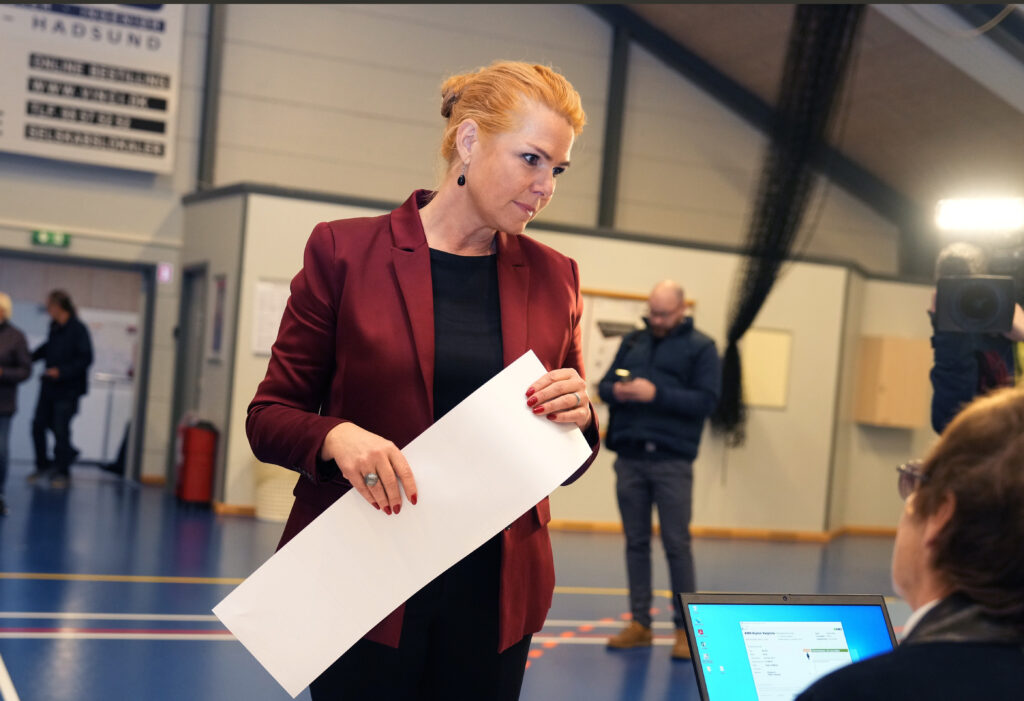
Frederiksen has led a minority, one-party Social Democratic government since 2019, when she ousted Løkke Rasmussen.
Two new parties on the center-right that want to limit immigration are bidding to enter parliament and may push out a third similar group that has had a key role in earlier governments by promoting stricter entry rules.
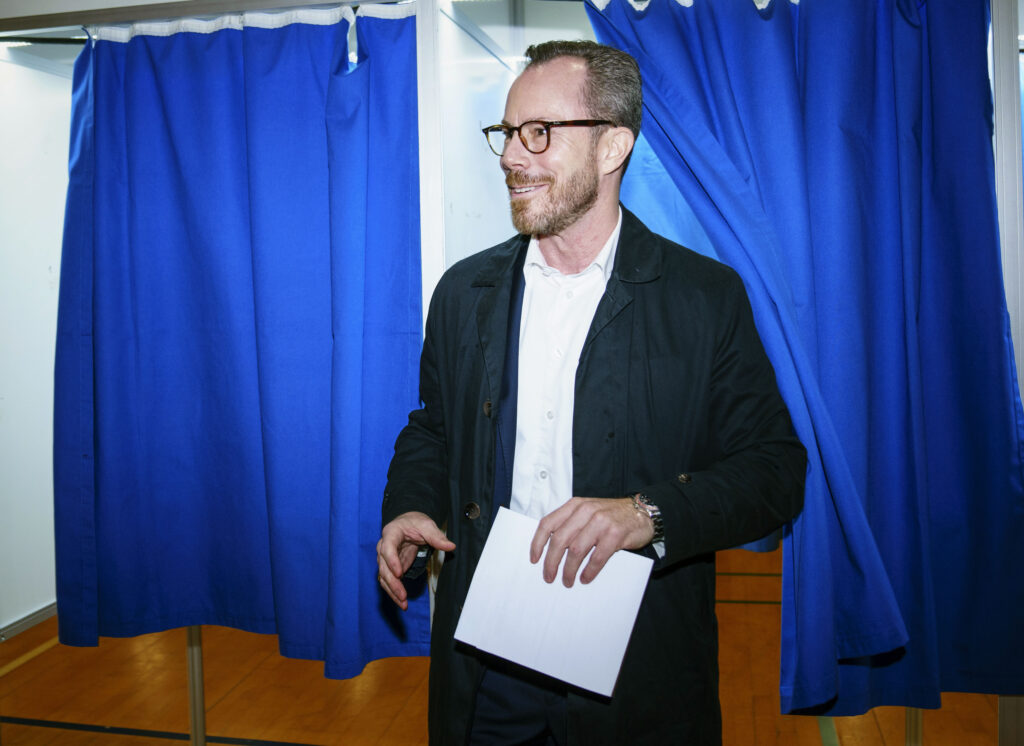
Among them are the Denmark Democrats, created in June by former hardline immigration minister Inger Støjberg. In 2021, Støjberg was convicted by the rarely used Impeachment Court for a 2016 order to separate asylum-seeking couples if one of the partners was a minor.
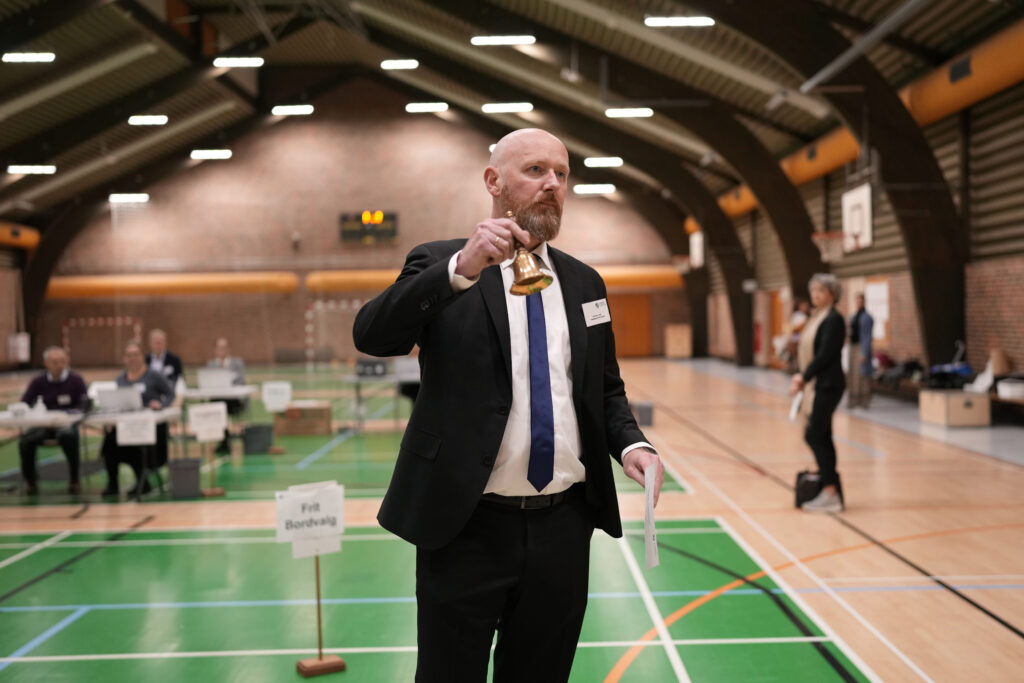
She was eligible to run for office again after serving her 60-day sentence. Pollsters said her party could get around 7% of the vote. Such a showing would threaten the once-powerful populist, anti-immigration Danish People’s Party, which has fallen apart in recent months amid internal disputes. Support for the Danish People’s Party was hovering around the 2% threshold needed to enter parliament. In 2015, the party grabbed 21.1% of the vote.
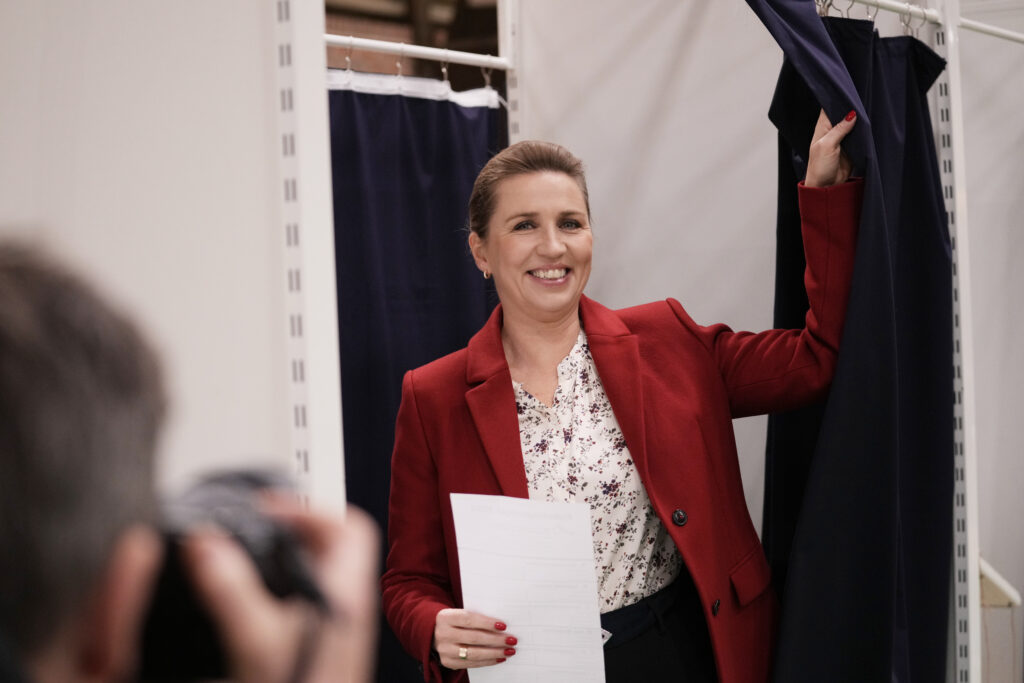
Frederiksen has led a minority, one-party Social Democratic government since 2019, when she ousted Løkke Rasmussen.
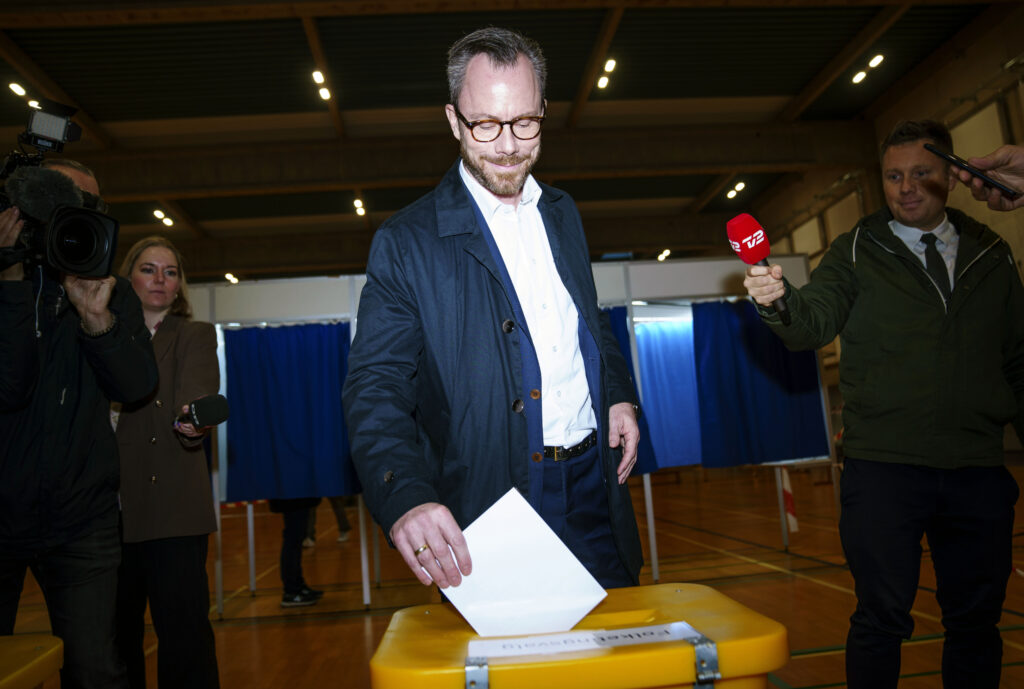
Of the 179 seats in the Danish parliament, Denmark’s two autonomous territories —the Faeroe Islands and Greenland – choose two each. Voting was held Monday on the Faeroes — Tuesday is a public holiday there – and one seat went to the center-left and one to the center-right, Danish broadcaster DR said Tuesday. Voting in Greenland was taking place Tuesday. Polls close at 8 p.m. (1900 GMT). Results are expected at around 11 p.m. (2200 GMT).

